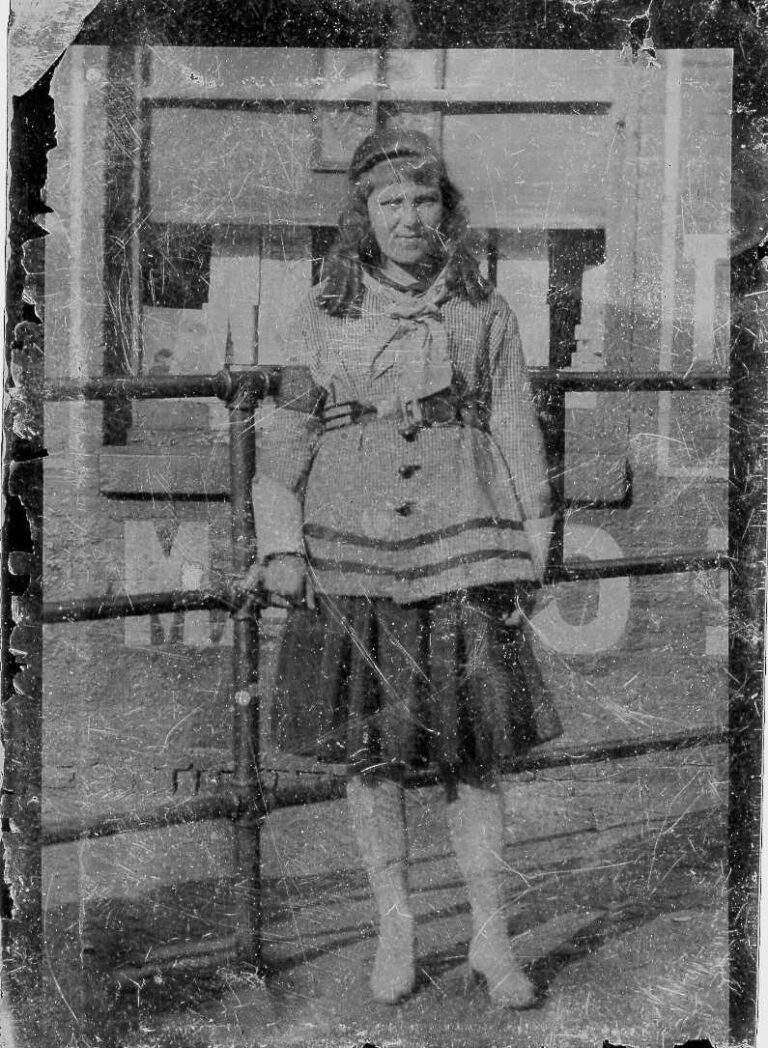For many of us who research family and history, there is often one person who alludes us for years, even decades. Such is the case of Clarissa Anna, sister to my grandfather, pictured above. Found in a box at my parents some forty years ago, and until now, she has always been my most frustrating search. Despite the years of research, the thousands of people I have placed in my family tree, she has always been an enigma. And on the back of the photograph, the only clue I ever had:

In my last article, JSTOR – An Underappreciated Resource, I wanted a photo of old letters and so dug once more into the box of records my mother had collected, found a stack of letters, and photographed them for the article.
And then realized, I had never read those letters. What I found was a chapter in my own family’s history I had never heard, one my parents never revealed. That story may have to wait for another time, but one thing I found in those old letters my grandfather had written was a small slip of paper, a letter written by Anna to her brother. There were clues. With those clues the dam burst, and her life gushed forth in torrent of information about her and my family.
In addition to direct blood lines, we are also connected to the lineages of other families through marriage. As the cascade of information revealed Anna’s convoluted life, so too were the lineages of family I didn’t know. The research lesson learned was about leaving no stone unturned, and to return to those boxes of old records, to re-examine them.
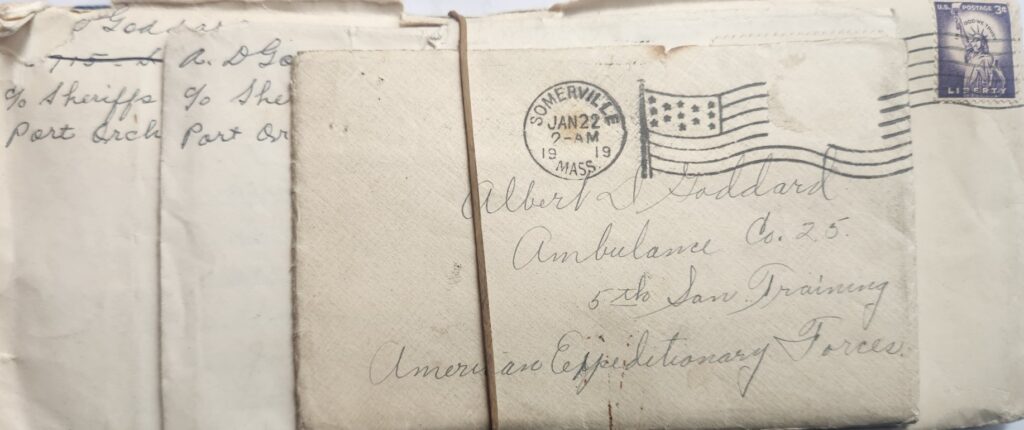
But this story is not about genealogical research, though I try to slip in hints to help others. This story is about music, movies, and hillbillies.
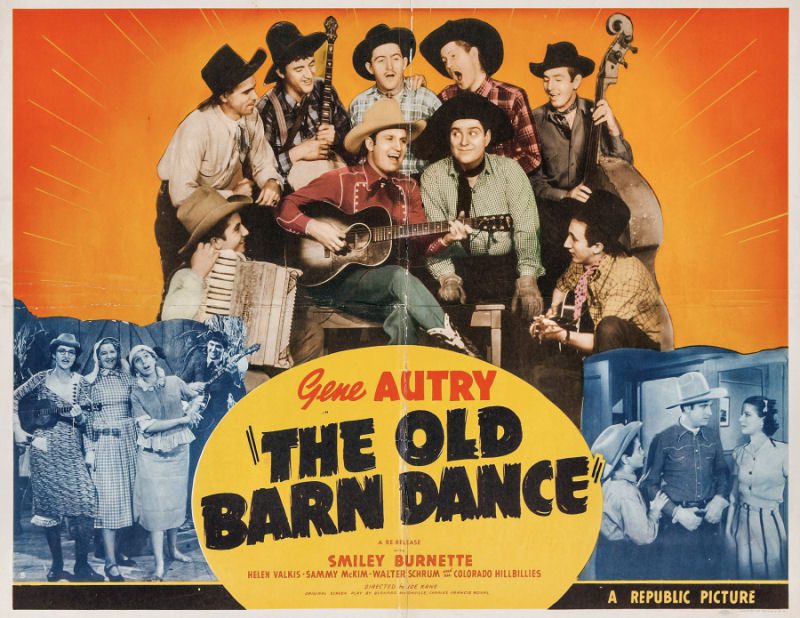
Anna’s brother Al had been in the military on the west coast, and it’s presumed she followed him out west from Massachusetts, both settling in Pendleton, Oregon. In 1920 at age 17 she married, giving birth to her only child a year later. Her daughter June, also married at 17. In both cases divorces ensued, and other spouses found. June’s husband remarried and divorced again, and his second ex, attracted to the bright lights of celebrity, married Walter Shrum, 26 years older and a star.

When I saw the name Shrum my genealogical memory bell rang, I checked my family tree, and sure enough, there was the name. Building out the Shrum family tree connected the two Shrum’s, thus, Walter is connected to my dad’s paternal line, and his cousin is connected to my dad’s maternal line.
But wait, this story was supposed to be about music, movies, and hillbillies.
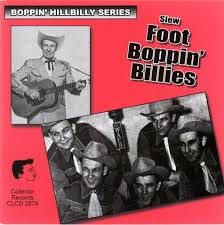
Born in Missouri, it’s easy to see where Walt got some of his musical influences. By age 12 the family was in Arkansas, his brother Calvin was five years younger, and at age 19, Walt was married to the first of what would be three wives. His musical tastes developed further when he moved to Colorado at age 21. Walt’s “Colorado Hillbillies” was formed in the early 1930s. Brother Cal was a member of the group. Newspaper reports from that period indicate they did lots of touring as well as radio broadcasts over KFKA (Greeley, Colorado), KFEL (Denver), and KOA (Denver). And during the late 1930s, they recorded some transcription discs for the Titan and C. P. MacGregor companies.
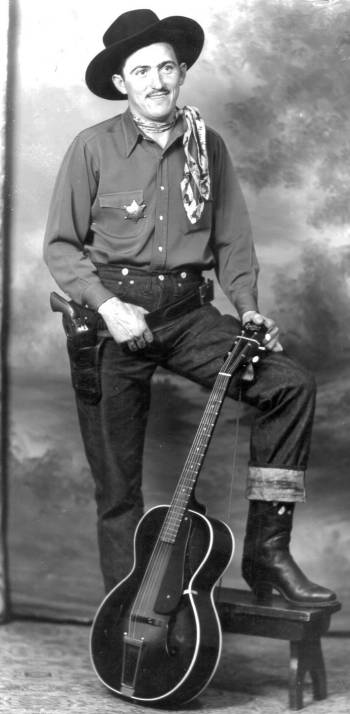
Their first film appearances were in Gene Autry’s THE OLD BARN DANCE (Republic, 1938), then Jack Randall’s LAND OF FIGHTING MEN (Monogram, 1938), and back to Republic Pictures for Autry’s BLUE MONTANA SKIES (Republic, 1939). The Hillbillies did a personal appearance tour of theaters to publicize THE OLD BARN DANCE which was released in late January, 1938. And they performed on Los Angeles’ KFVD station and were guests on NBC’s Rudy Vallee program in March, 1938.

Yes, you can watch it here! THE OLD BARN DANCE (Republic, 1938)
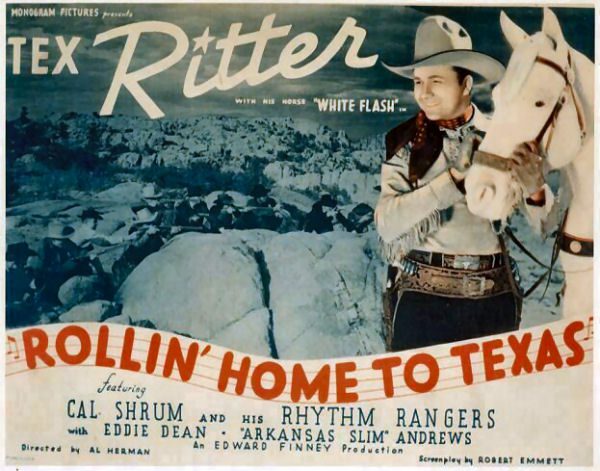
How about a little Tex Ritter? Rollin’ Home to Texas (1940) – Tex Ritter At least check the opening credits to see the Strum Brothers and Cal’s band, The Rhythm Rangers.
Besides their appearances in the old “B Westerns” they traveled far to spread their music, built their own production company, and were involved with early radio deals (download Radio Project Memoir – Part 1, Strum at page 21, for a peek at the politics and business of early radio). Cal was in Springfield, Illinois in the early 1950s – mid 1960s, where he played country and western tunes on his “Cal Shrum Show” over radio stations WMAY and WCVS.
From the 30’s to the 60’s, foot bobbin’ hillbilly music was popular throughout rural areas of the US. And the music is still out there… Spotify has Walt Shrum and His Colorado Hillbillies Radio where you not only find his music but the music of many famous names in this genera.
There’s A Tear In Your Eye – Walt Shrum and His Colorado Hillbillies
More songs from Walt at the Internet Archive for Walt Shrum
Telling My Troubles To My Old Guitar – Cal Shrum and His Rhythm Rangers
And more of the Rhythm Rangers at the Internet Archive for Cal Shrum

As I’ve often said, research into family and history is not just about assembling your family tree. It is about discovering the life they led, their interests, their loves, and their losses. It’s about understanding who they were, the decisions they made, and ultimately, how their lives impacted the family, and ultimately, us.
Ok, perhaps this hillbilly music, these old B Westerns aren’t really your thing, but they are a large part of our cultural heritage, a large part of our family, and I hope you’ve enjoyed visiting this bit of history.
Feel free to comment if you wish, join at this website for advance notice of upcoming stories, and visit our group’s Facebook page to request membership and join the conversation.

